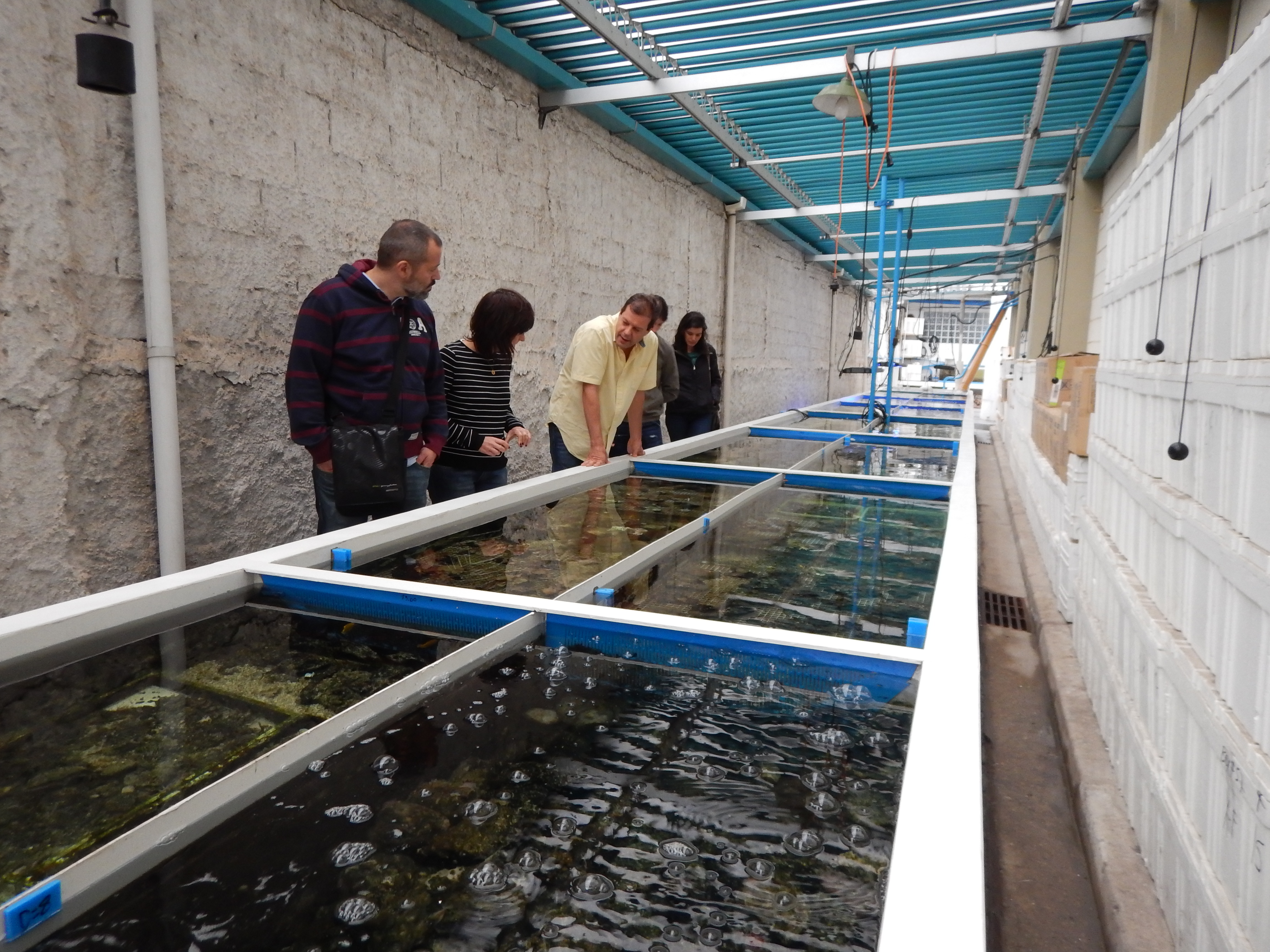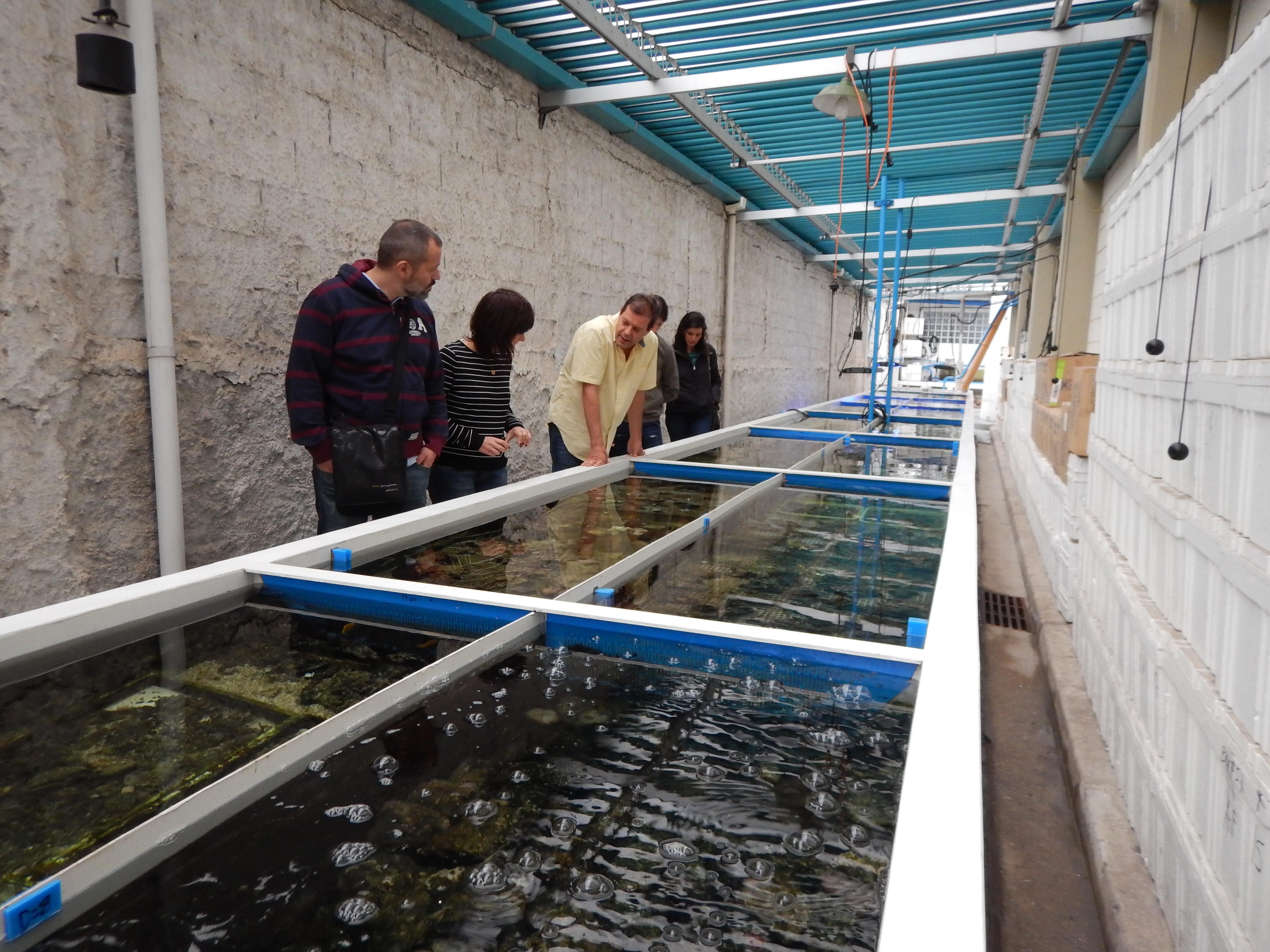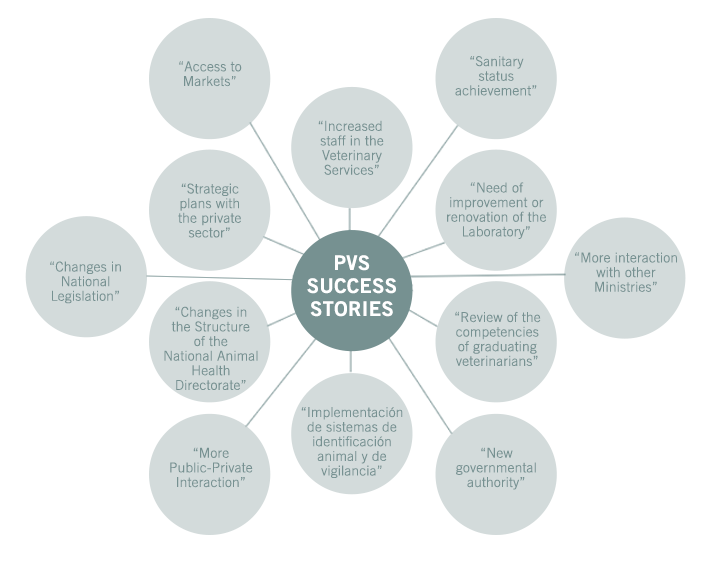The PVS Process is a global program for the sustainable improvement of the Veterinary Services of a country in accordance with the OMSA standards on the quality of Veterinary Services, through the use of standardized tools.
The OMSA PVS Evaluation is the qualitative assessment of the structure, functioning, performance and compliance of the Veterinary Services in relation to the OMSA international standards. The next stage, the PVS Gap Analysis, allows to elaborate an indicative budget of 5 years for the Veterinary Services, in order to access funding sources. The OMSA offers the Member Countries tools to improve their Veterinary Services, such as support missions to Veterinary Legislation and support for Laboratories, Veterinary Education Establishments and Statutory Veterinary Organizations through Twinning projects. This cycle is completed with the Follow-up Missions of the PVS process, evaluating the progress obtained by the Veterinary Services. The OMSA PVS process has achieved many successes since its implementation in the Americas. The results obtained as a consequence of the PVS Evaluations can be seen in the accounts of the participating Member Countries.
In 2015, the OMSA developed a survey among Member Countries on their experience with the PVS Process. The Member Countries of the Region of the Americas reported improvements in all the categories consulted in the questionnaire. It is noteworthy that many actions do not depend on financial support but on collaborations between parties involved with the Veterinary Service. Therefore, it is important to promote the publication of the reports of the OMSA PVS Evaluations to allow their dissemination and access to interested parties. In this way, the reports can serve as a tool to obtain more resources. The following are some of the success stories cited by them.
In this interview, Dr. Javier Suárez Hurtado, former Delegate of Bolivia to the OMSA, explains which stages of the PVS process his country carried out, how the experience was and what benefits it obtained afterwards.


